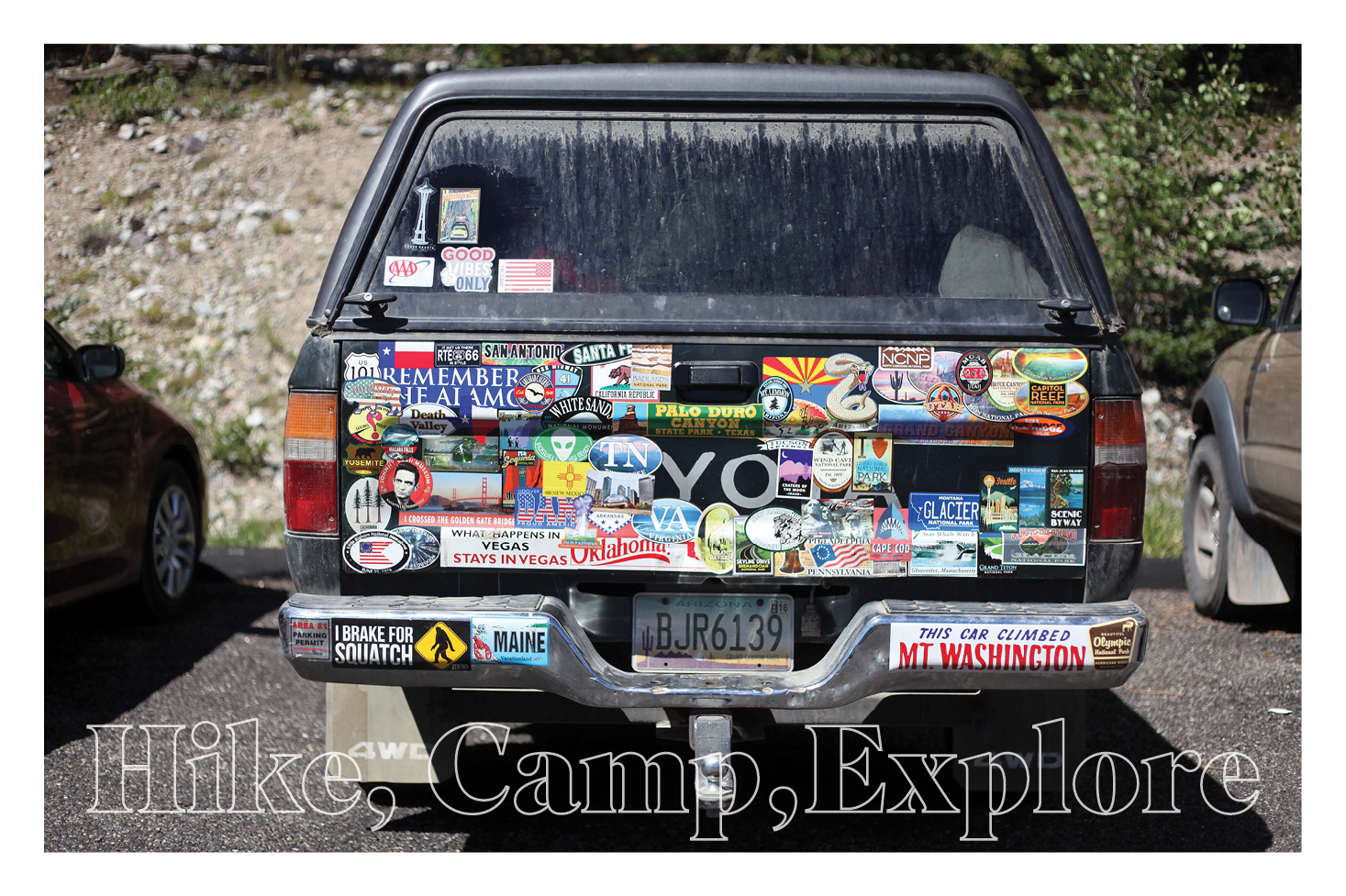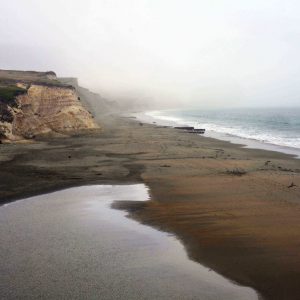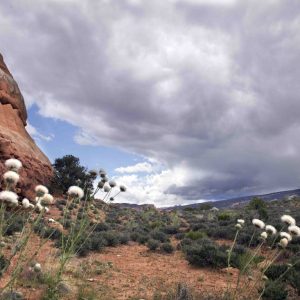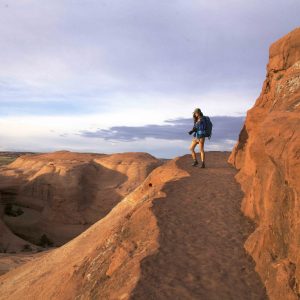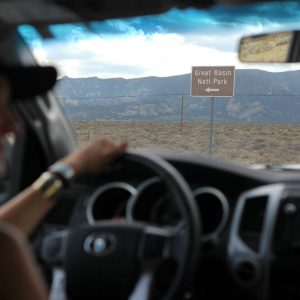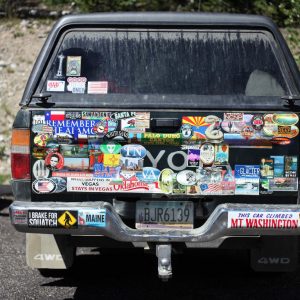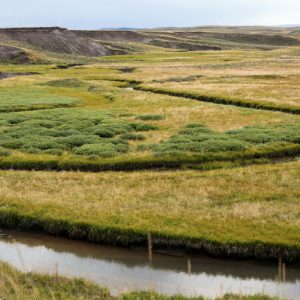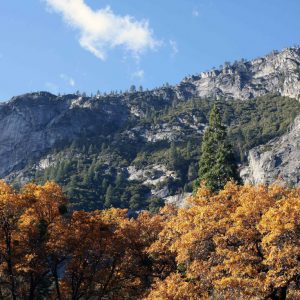As they marched across chin deep prairie, they whispered to themselves, “We’ll tame this land.” With those words, a seed was planted, one that grew into a labyrinth of railroads and wagon trails, stumps and log cabins.
By 1849, the eastern seaboard of America had been tamed. Passenger pigeons no longer flooded fall skies by the millions, and the herds of bison that stretched 20 miles in all directions had been systematically slaughtered. Pioneers did what they deemed reasonable given the wild circumstances of early America. Fast forward 166 years beyond John Muir and Theodore Roosevelt standing on the brow of Yosemite’s Glacier Point, and here we are, at a great confluence of ideals.
We love our forests and oceans, our clear skies and vast blue rivers, yet we clear-cut, pollute, and dam them. At the intersection of this dichotomy lies a choice that can bring us deep into the backcountry, where trails are peppered with the hoof prints of elk and bighorn sheep, campfires warm cold hands, and nights are spent with friends, eyes cast skyward. Our escapes and jaunts into the wild corners of Earth inspire us. The adventures help us grow. They remind us there’s a big blue world out there that needs stewards hell-bent on protecting what wilderness we have left.
The United States National Forest Service puts it bluntly: these lands are and should be managed as a “land of many uses.” The notion of a “land of many uses” speaks to our respective values of nature. We are left to make our own interpretations of what nature means to us, and to what degree we would like to use and experience it.
There are millions of people experiencing the outdoors in ways that didn’t exist 20 years ago. This has been made possible by the genesis of InstaMeets, as well as brands like HipCamp. Today, everyone can share their story with the push of a button. The playing field is level, and our collective interest is free to roam where it may.
As an ecologist with experience teaching field biology and environmental history, I find this technologically driven interest in the natural world another iteration of our timeless fascination with the outdoors. Environmental luminaries like Henry David Thoreau and John Muir celebrated the sublime nature of our nation’s wilderness. Both men are a testament to society’s long consideration its relationship to the natural world.
The American mindset is shifting; evolving from an urge to tame the natural world into a celebration of the great outdoors. Yes, forests are still clear-cut, rivers dammed, oceans polluted. But we are in the midst of a social revaluing, one that has allowed a stream of perspectives to reach a global community that is rooted in a reverence for the outdoors. As members of this community, it’s up to us to share our perspectives and incite a dialogue that speaks to our love of the outdoors, our love of starry skies, wild rivers and great waterfalls. Forests don’t have to be clear-cut, rivers dammed, oceans filled with plastic. We have our voices and innumerable platforms to inspire, educate and build awareness. A land of many uses is for us to interpret. Its fate lies in our hands.
This article was originally published in RANGE Magazine Issue Four.
Images by Charles Post.
